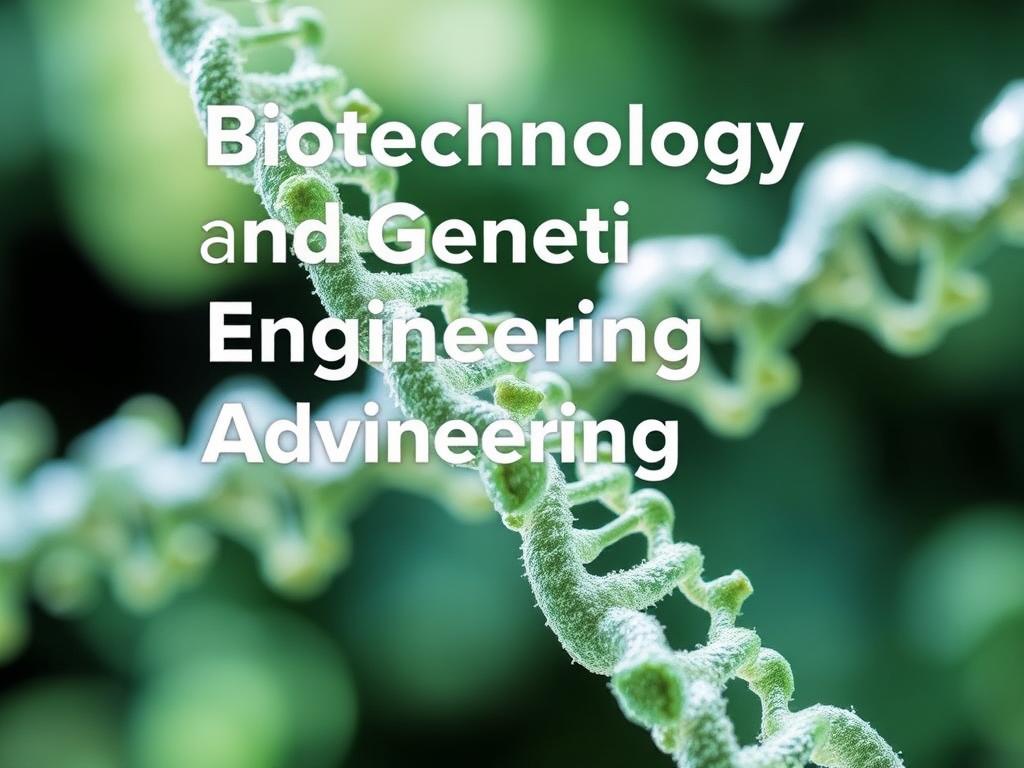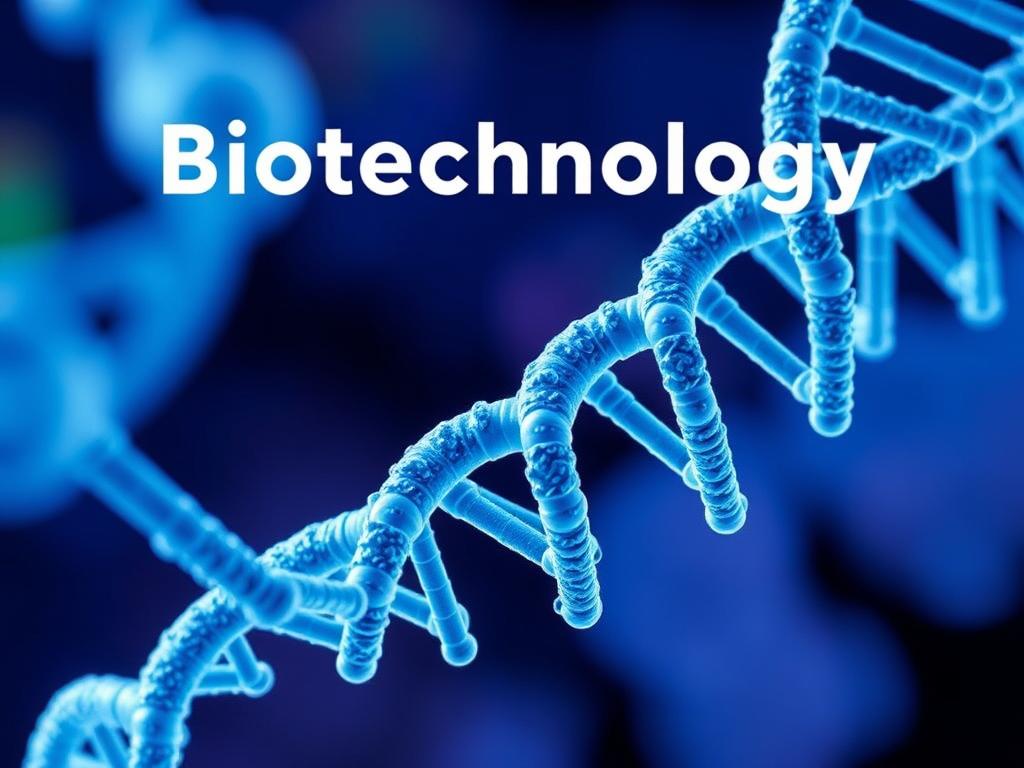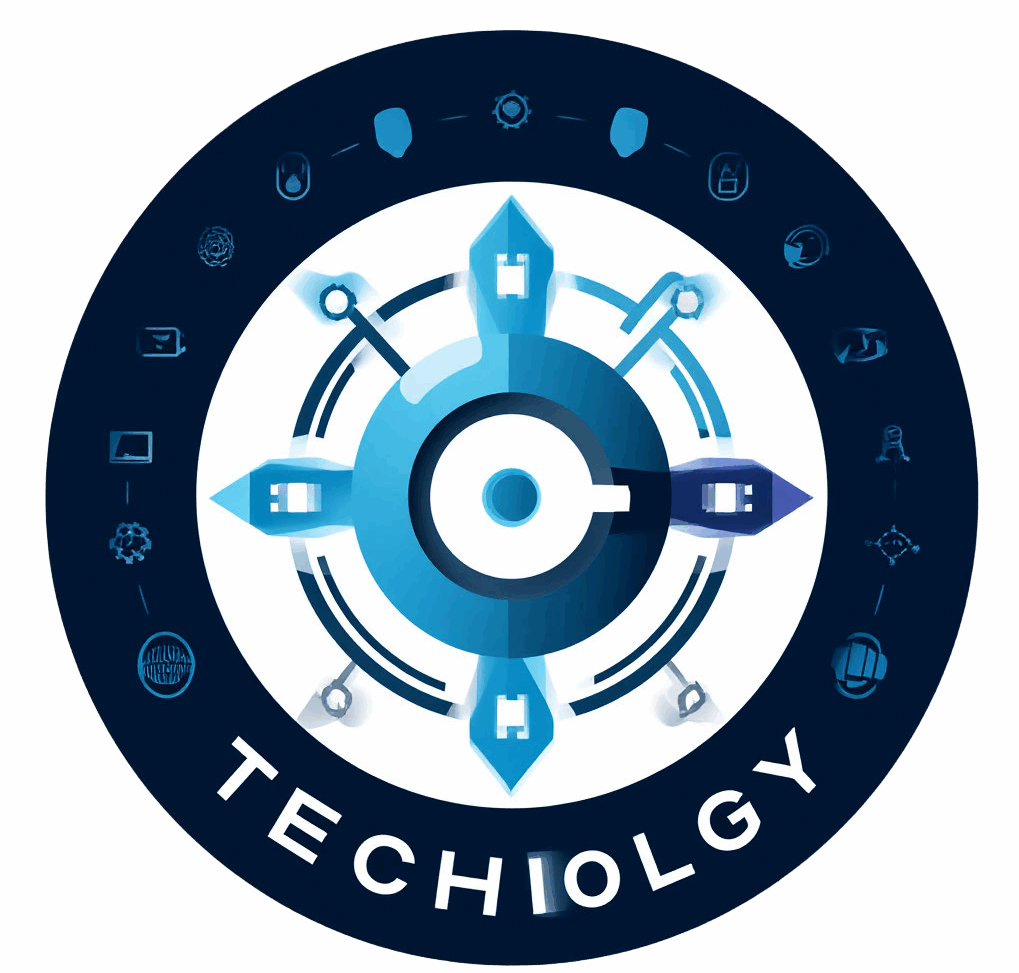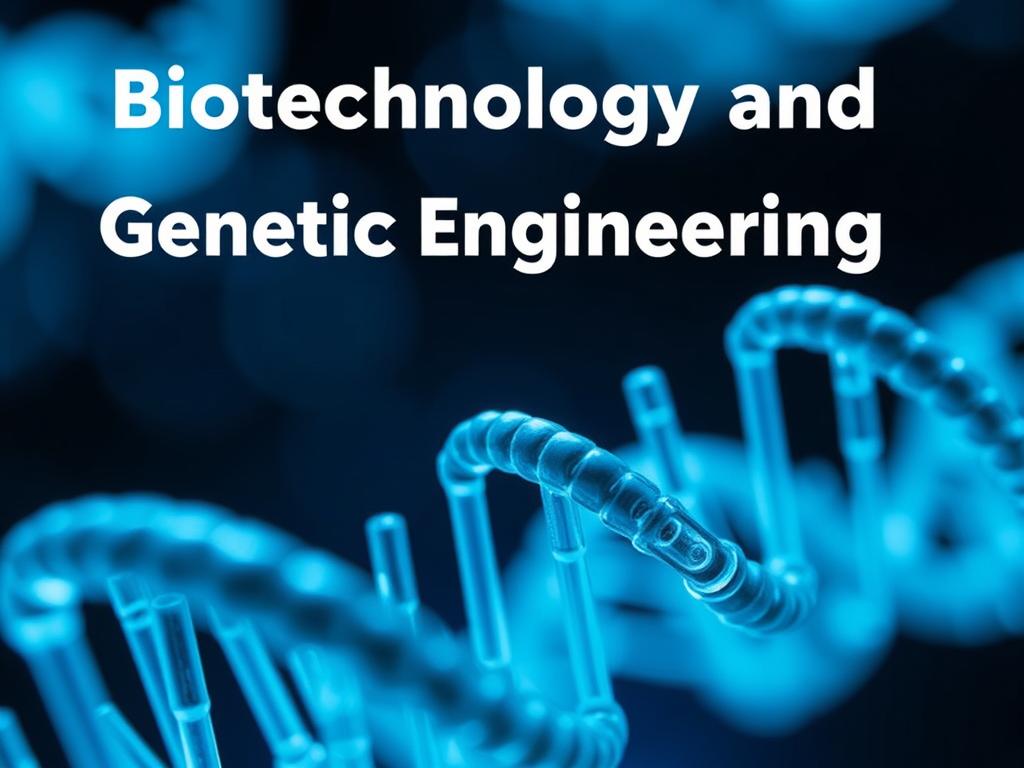Biotechnology and genetic engineering have rapidly transformed from niche scientific fields into powerful tools that impact nearly every facet of modern life. From healthcare to agriculture, and environmental management to industrial processes, these advances are reshaping how we approach complex challenges. If you’ve ever wondered how scientists are able to design crops that resist pests or develop therapies that target diseases at the genetic level, you’re about to dive into a fascinating world where biology meets technology in innovative ways.
At its core, biotechnology involves harnessing living organisms or their systems to develop products and technologies that improve human life. Genetic engineering, a subset of biotechnology, specifically refers to the direct manipulation of an organism’s genes using biotechnology techniques. These fields are no longer confined to laboratories; their benefits ripple out into everyday products and solutions. Understanding these advances offers a glimpse into a future where we can better combat diseases, feed a growing population, and protect our environment more sustainably.
The Basics of Biotechnology and Genetic Engineering

To appreciate the recent advances, it’s important to get a clear picture of what biotechnology and genetic engineering entail. Biotechnology broadly covers any technology that uses biological systems to create or modify products. This can be as straightforward as fermentation used in baking and brewing or as complex as developing personalized medicine based on a patient’s genetic makeup.
Genetic engineering, on the other hand, is more targeted. It involves the editing or insertion of specific genes into an organism’s DNA to produce desired traits. Techniques such as CRISPR-Cas9 have revolutionized this field, enabling precise and efficient gene editing like never before. Scientists now can “cut and paste” DNA sequences to modify plants, animals, and even human cells with remarkable accuracy.
Key Techniques in Genetic Engineering
| Technique | Description | Application |
|---|---|---|
| CRISPR-Cas9 | A gene-editing tool that allows precise cutting and modification of DNA sequences. | Creating disease-resistant crops, gene therapy, research. |
| Recombinant DNA Technology | Combining DNA from different organisms to produce desired proteins. | Insulin production, vaccine development. |
| Gene Cloning | Duplicating specific genes for study or use in other organisms. | Studying gene function, producing genetically modified organisms. |
| Gene Silencing | Techniques to suppress the expression of specific genes. | Controlling gene expression in diseases or crops. |
These technologies have opened up a whole new spectrum of possibilities. For example, with recombinant DNA technology, scientists have been able to mass-produce human insulin, revolutionizing diabetes treatment worldwide. Meanwhile, CRISPR has facilitated breakthroughs in targeting genetic diseases at their root cause.
Biotechnology Advances in Medicine

One of the most celebrated applications of biotechnology and genetic engineering is in medicine. Personalized medicine, which tailors treatments to an individual’s genetic profile, is becoming more viable thanks to advances in genome sequencing and gene editing. Diseases like cancer, which historically relied on chemotherapy or radiation, now have targeted therapies that attack only cancer cells, sparing healthy ones.
Gene therapy is another exciting frontier where faulty genes responsible for inherited diseases are replaced or repaired. Conditions such as cystic fibrosis, muscular dystrophy, and certain types of blindness have seen promising results in clinical trials. Beyond therapy, biotechnology enables the development of vaccines and antibodies more quickly and effectively, a fact that became especially evident during the COVID-19 pandemic.
Medical Applications List
- Gene editing to correct genetic disorders.
- Production of biopharmaceuticals like insulin and monoclonal antibodies.
- Development of mRNA vaccines for infectious diseases.
- Diagnostic tools based on genetic markers for early disease detection.
Such advances don’t just improve treatment outcomes; they can reduce healthcare costs by enabling earlier and more precise interventions.
Biotechnology in Agriculture and Food Production
Feeding the world’s growing population is one of the major challenges of our time, and biotechnology offers promising solutions. Genetic engineering allows the development of crops that are resistant to pests, diseases, or harsh environmental conditions such as drought or salinity. This means higher yields with reduced reliance on harmful pesticides or fertilizers, leading to more sustainable farming practices.
Additionally, biofortification—enhancing the nutritional value of crops—is making strides. Golden Rice, genetically engineered to produce vitamin A precursors, aims to address nutrient deficiencies in developing countries. Similarly, genetic tools help develop crops with longer shelf life, reducing food waste.
Benefits of Genetically Engineered Crops
| Benefit | Description | Examples |
|---|---|---|
| Pest Resistance | Less crop loss and reduced pesticide use. | Bt cotton, Bt corn producing insecticidal proteins. |
| Drought Tolerance | Ability to grow in water-scarce environments. | Drought-tolerant maize. |
| Enhanced Nutrition | Improved vitamin/mineral content. | Golden Rice enriched with beta-carotene. |
| Herbicide Tolerance | Crops can survive specific herbicides, improving weed control. | Glyphosate-resistant soybeans. |
Not only do these innovations help farmers, but they also contribute to global food security, an increasingly critical goal as environmental pressures grow.
Environmental and Industrial Applications

Biotechnology extends beyond healthcare and agriculture into environmental management and industrial production. Microorganisms can be engineered to break down pollutants in bioremediation efforts, cleaning up oil spills or toxic waste more efficiently and naturally than traditional methods.
In industries, enzymes produced through biotechnology improve processes such as biofuel production, textile manufacturing, and food processing. These “green” technologies help reduce reliance on fossil fuels and toxic chemicals, making industrial operations more sustainable.
Examples of Environmental and Industrial Applications
- Microbial degradation of oil spills and plastics.
- Production of biodegradable plastics using genetically modified bacteria.
- Use of enzymes in detergent formulations for lower energy washing.
- Biofuel production from engineered microbes fermenting biomass.
The interplay of biotechnology and genetic engineering continues to drive innovation in ways that support a healthier planet.
Ethical Considerations and Future Challenges
While the advances in biotechnology and genetic engineering are groundbreaking, they come with important ethical questions and challenges. Gene editing in humans raises concerns about “designer babies” and long-term effects of modifying our genetic code. In agriculture, there’s ongoing debate about genetically modified organisms (GMOs), their safety, regulatory standards, and impacts on biodiversity.
Balancing innovation with responsible use requires transparent regulation, public engagement, and international cooperation. Future research also faces technical hurdles such as off-target gene editing effects and ensuring equitable access to biotechnological advances worldwide.
Key Ethical Considerations
| Concern | Explanation | Possible Solutions |
|---|---|---|
| Safety of Gene Editing | Potential unintended mutations or long-term health effects. | Rigorous testing, improved precision tools. |
| Access and Equity | Cost and availability of biotech treatments in developing nations. | International aid, open-access research. |
| Environmental Impact | Effects on ecosystems from releasing genetically modified organisms. | Careful ecological assessment, containment strategies. |
| Ethical Use of Human Genetic Data | Privacy and consent around genetic information. | Robust data protection laws. |
Navigating these considerations will shape how biotechnology continues to develop in the coming decades.
Conclusion
The advances in biotechnology and genetic engineering mark a thrilling era where science holds unprecedented power to improve human health, secure food supplies, and protect the environment. The dynamic interplay of technologies like CRISPR, recombinant DNA, and synthetic biology is enabling solutions to problems that once seemed insurmountable. While the journey forward includes ethical questions and technical challenges, the potential benefits for society are immense. Embracing these innovations responsibly will unlock a future where biology and technology work hand in hand, improving lives and sustaining our planet for generations to come.



